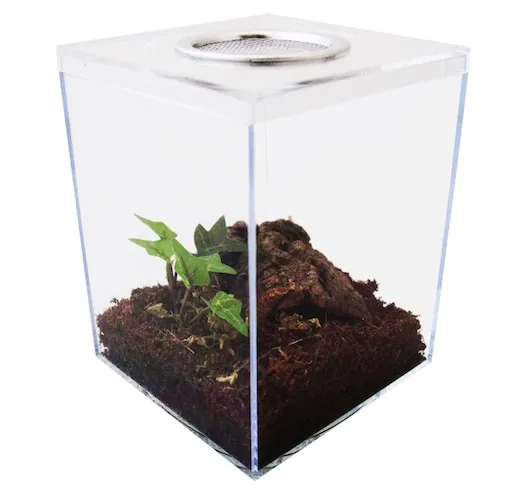Choosing the Right Tarantula Terrarium UK
Embarking on the journey of owning a tarantula is an exciting experience, and a crucial first step is selecting the appropriate terrarium. In the UK, where climate considerations and ethical pet ownership are paramount, choosing the right terrarium is more than just a matter of aesthetics; it’s fundamental to your tarantula’s health and well-being. The ideal terrarium provides a secure, comfortable, and stimulating environment, mimicking the spider’s natural habitat as closely as possible. When considering a tarantula terrarium for sale in the UK, you’re not merely purchasing an enclosure; you’re investing in a future of responsible pet ownership and the opportunity to observe and appreciate the fascinating world of these arachnids. Before making a purchase, research the specific needs of your chosen tarantula species, as this will guide your decisions on size, material, and features.
Terrarium Size Requirements for UK Tarantulas
The size of the terrarium is one of the most critical factors to consider when setting up a tarantula enclosure. A terrarium that is too small can restrict your tarantula’s movement, impede its ability to molt properly, and lead to stress. Conversely, a terrarium that is excessively large can make it difficult for the tarantula to find food and can make the spider feel insecure. Generally, the terrarium should be at least two to three times the tarantula’s leg span in width and length. The height of the terrarium is also essential, particularly for arboreal species that climb and may need space to construct their webs or burrow. A proper sized terrarium provides space for proper ventilation, temperature gradients, and the addition of essential features such as substrate, hides, and decorations. Choosing the right size helps to support the tarantula’s natural behaviors and promote its overall well-being. Always consider the adult size of your tarantula species when selecting a terrarium; purchasing a terrarium that is appropriate for a juvenile will likely mean an upgrade later, which is an additional expense.
Factors Affecting Terrarium Size
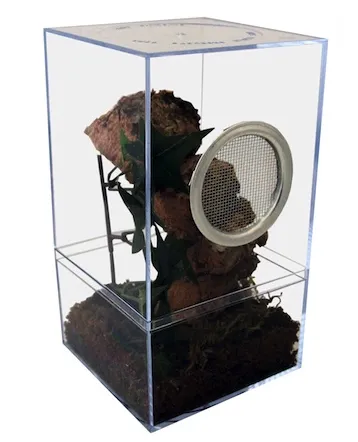
Several factors should influence the size of the terrarium you choose. The species of tarantula is the primary determinant, as different species have varying size requirements and behaviors. Arboreal species, such as the Pinktoe tarantula, require more vertical space for climbing and webbing, while terrestrial species, like the Chilean Rose, require more floor space for burrowing and roaming. The tarantula’s age is also a factor; juveniles will need smaller enclosures initially, with upgrades required as they grow. The adult size of your tarantula should be the primary factor when deciding on the final size of the terrarium. Furthermore, your personal preference should also be taken into account, considering the ease of maintenance and how well the terrarium fits in your living space. Make sure the terrarium is easily accessible for cleaning and care, ensuring you can maintain an optimal environment without disruption.
Ventilation Essentials for UK Tarantula Terrariums
Adequate ventilation is crucial for maintaining a healthy environment inside your tarantula’s terrarium. Proper airflow prevents the build-up of harmful bacteria, fungi, and mold, which can compromise the spider’s health. In the UK’s climate, where humidity levels can fluctuate, good ventilation helps to regulate moisture, preventing the terrarium from becoming too damp, which can lead to respiratory issues for the tarantula. A well-ventilated terrarium also helps to dissipate odors and provides a more natural atmosphere. The design of the terrarium is crucial for achieving proper ventilation, so choose a terrarium with strategically placed vents, usually on the sides and the top. These vents should allow for a continuous flow of air without creating excessive drafts that could stress the tarantula.
How Ventilation Works
Ventilation in a tarantula terrarium works through the principle of airflow, creating a circulation of air that exchanges stale air with fresh air. Vents, usually in the form of mesh or small holes, are strategically placed on the terrarium to allow for this exchange. Convection currents, driven by temperature differences, also play a role, with warmer air rising and cooler air descending, further promoting air circulation. The vents on the top and sides of the enclosure help to facilitate this movement, ensuring that the air inside the terrarium is constantly refreshed. It is important to monitor the humidity levels to make sure that the air is neither too humid nor too dry. Regularly observing condensation and the behavior of the tarantula can help in fine-tuning the ventilation to achieve the right balance. It’s important to note that a terrarium’s ventilation should be appropriate for the specific species of tarantula you own, as some species require more or less airflow than others.
Materials for UK Tarantula Terrariums
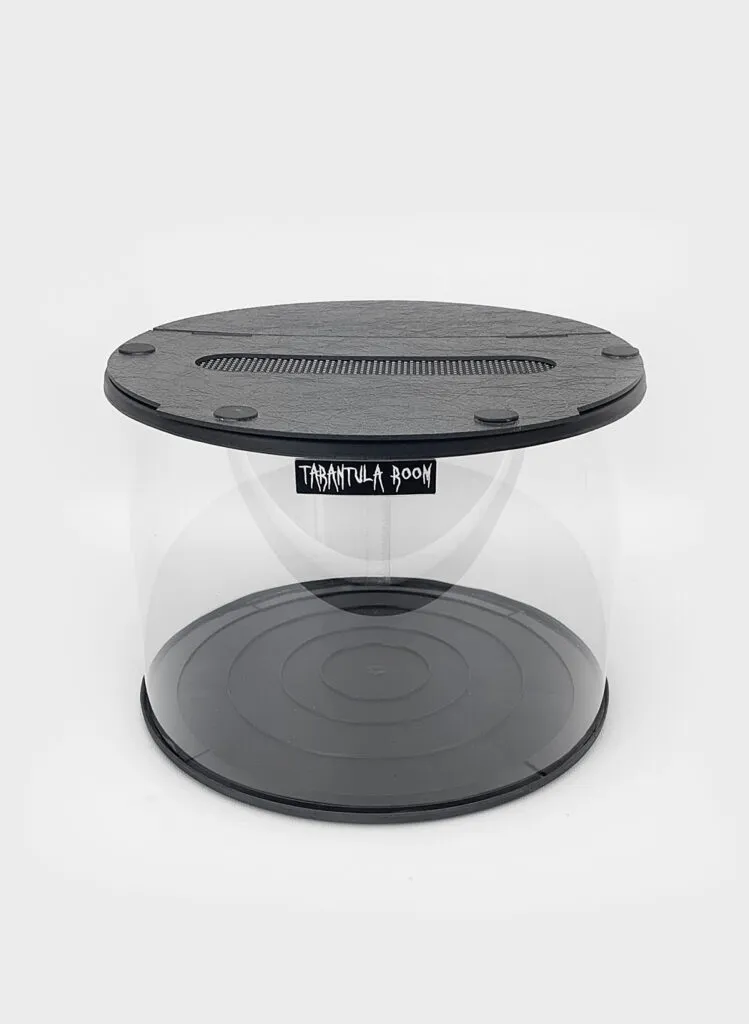
The material of your tarantula terrarium impacts everything from humidity and temperature control to visibility and ease of maintenance. In the UK, the two primary materials used are glass and acrylic, each with its own set of advantages and disadvantages. The choice of material will depend on your budget, aesthetic preferences, and the specific needs of your tarantula species. It’s essential to select a material that’s durable, easy to clean, and provides a secure environment for your pet, ensuring the terrarium will serve the needs of the tarantula as well as your own.
Glass Terrariums
Glass terrariums are a popular choice due to their excellent visibility, allowing for unobstructed viewing of your tarantula. Glass is also a non-porous material, making it easy to clean and sanitize, and it does not absorb odors. Glass terrariums offer good insulation, which helps to maintain a stable temperature inside the enclosure. However, glass can be heavier than other materials, and it can be more prone to breakage if dropped or impacted. The weight of the glass is something to consider, especially if you need to move the terrarium frequently. Moreover, glass can be more expensive, and the seams may not be as tightly sealed as in other designs. When choosing a glass terrarium, make sure the glass is thick enough to withstand the weight of the substrate and any decorative items inside.
Acrylic Terrariums
Acrylic terrariums are another viable option, offering several advantages over glass. Acrylic is lighter, making it easier to handle and less likely to break, and it offers excellent clarity, similar to glass. Acrylic also provides better insulation, which helps to maintain a consistent temperature and humidity level. Acrylic is also more impact-resistant, making it a safer choice in households with children or other pets. Acrylic terrariums often come with pre-drilled ventilation holes and are generally less expensive than glass equivalents. However, acrylic can scratch more easily than glass, and it can be more susceptible to certain cleaning agents, so you must be mindful of the cleaning products you use. Over time, acrylic can also yellow, especially when exposed to UV light. Choose an acrylic terrarium with a high-quality finish to minimize scratching.
Plastic Terrariums
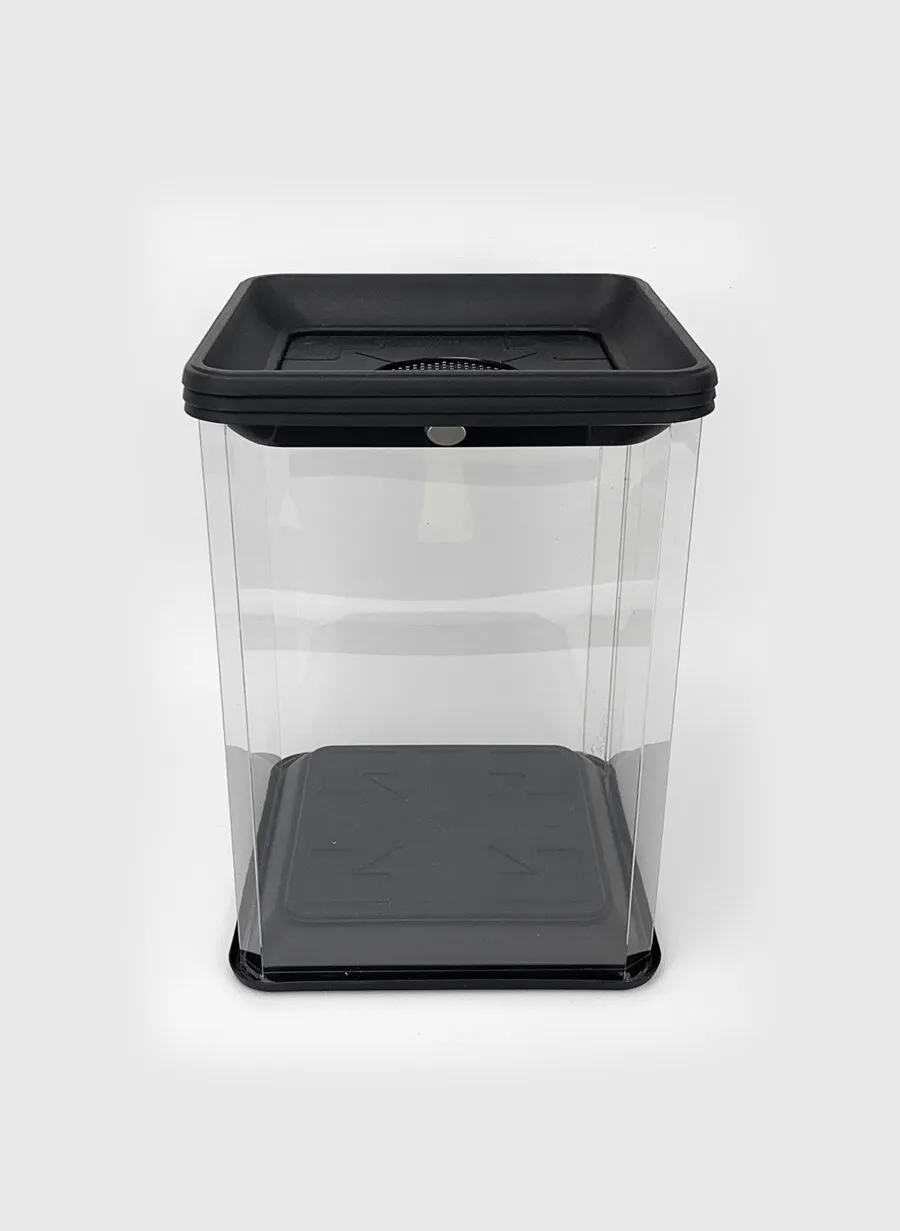
Plastic terrariums, often made from durable polymers, offer an economical and lightweight alternative. They are typically less expensive than glass or acrylic, making them an accessible choice for beginners. Plastic is resistant to breakage and can be easily cleaned and disinfected. However, plastic terrariums can sometimes lack the aesthetic appeal of glass or acrylic, and the visibility might be less clear. The ventilation may also be less efficient in some plastic terrariums, requiring careful consideration. Ensure the plastic used is non-toxic and safe for your tarantula, and check for any potential chemical reactions with substrate or cleaning products. When choosing a plastic terrarium, look for one with a secure lid to prevent escape and good ventilation to ensure the health of your tarantula. Carefully consider the overall quality of the build and the materials used to ensure they align with the needs of your pet.
Substrate Selection for UK Tarantula Terrariums
The substrate, or bedding, in your tarantula terrarium is more than just a floor covering; it’s an essential element for the spider’s well-being. It helps to regulate humidity, provides a surface for the tarantula to walk and burrow, and can also act as a hiding place. The right substrate will contribute to a comfortable and healthy environment. In the UK, where humidity control is often a concern, selecting a substrate that effectively manages moisture levels is crucial. The choice of substrate depends largely on the species of tarantula, as different species have different needs. Before selecting a substrate, consider the natural habitat of your tarantula and aim to replicate it as closely as possible. The right substrate will support the tarantula’s natural behaviors and promote its overall health.
Types of Substrate
A variety of substrates are available for tarantula terrariums, each offering different properties and benefits. Coco fiber is a popular choice for its excellent moisture-retention properties and its natural appearance. It is lightweight, easy to clean, and safe for tarantulas. Sphagnum moss can be used to create humidity or in specific areas. Vermiculite and peat moss are other moisture-retaining options. For burrowing species, a mix of substrate is generally recommended. These can include a mix of topsoil, sand, and clay. Consider the specific needs of your tarantula when making your selection. The key is to find a substrate that balances moisture retention, drainage, and safety. Avoid substrates that are chemically treated or contain harmful substances. Regularly monitor the substrate for cleanliness and replace it as needed to maintain a healthy environment.
Maintaining Humidity and Temperature in UK Terrariums
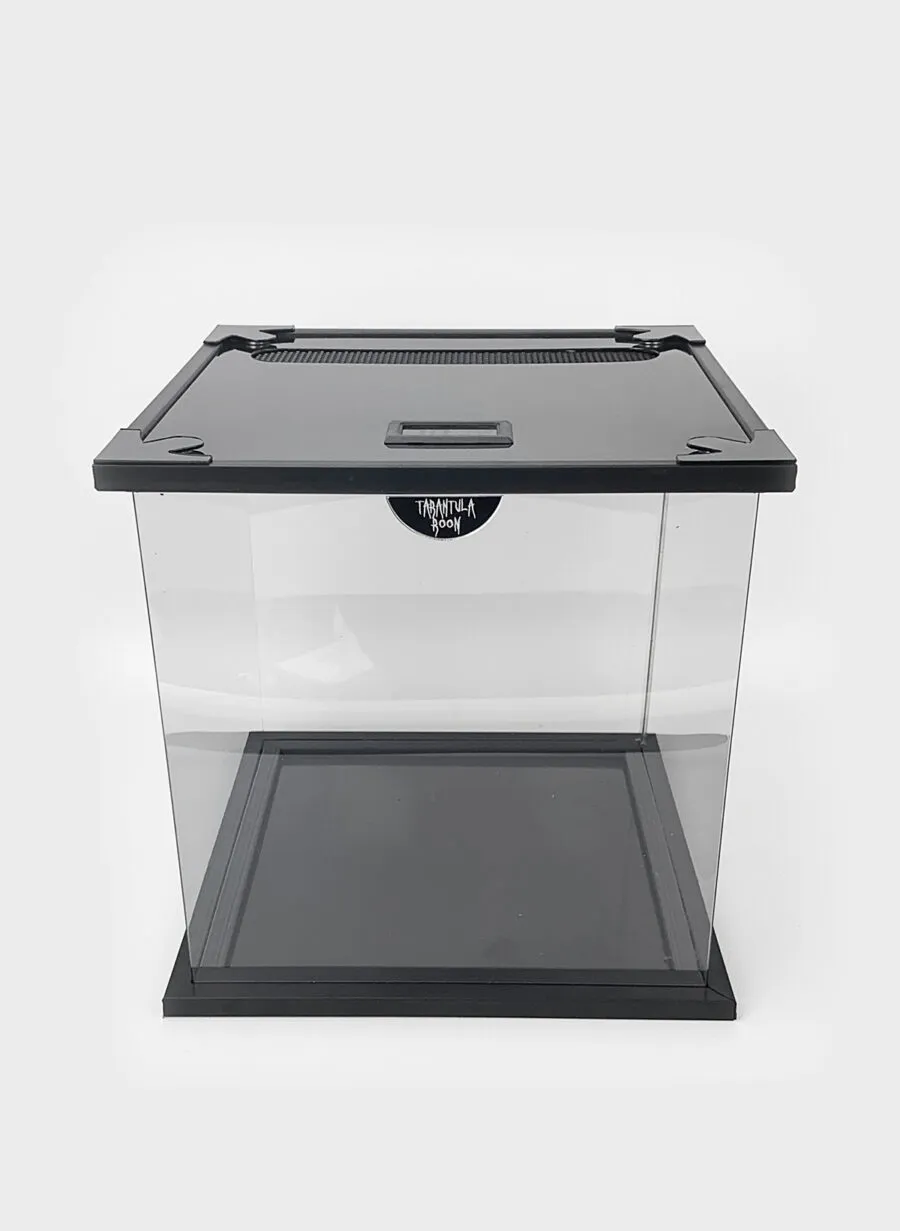
Maintaining the correct humidity and temperature levels is critical for the health and well-being of your tarantula, particularly in the UK where climates can vary significantly. Proper humidity helps the tarantula to molt successfully, while the correct temperature supports its metabolism and overall activity. Regularly monitoring and adjusting the terrarium’s environment will ensure your tarantula thrives. The ability to control humidity and temperature depends on a combination of factors including substrate choice, ventilation, and the use of supplementary heating and misting equipment, if needed. Being able to monitor and modify the environment helps to create a comfortable and healthy habitat for your tarantula.
Heating Your Tarantula Terrarium
Providing a consistent temperature is essential for tarantula health. Heating should be provided to maintain a stable environment, especially during cooler months in the UK. Heat mats, placed on the side of the enclosure rather than underneath, are a common and safe option. It is important to attach the heat mat to a thermostat, which will help to regulate the temperature and prevent overheating. Ensure that the heat source is not directly accessible to the tarantula to prevent burns. Monitoring the temperature regularly with a thermometer is essential. Avoid direct sunlight as this can cause the terrarium to overheat. The optimal temperature range varies by species, so research the specific needs of your tarantula. By using a controlled heating system, you can ensure that the temperature remains stable and within the required range for optimal health.
Humidity Control
Humidity levels should be regularly monitored and adjusted, depending on the tarantula species. For some species, slightly humid substrate is enough, for others, a higher humidity is required. Misting the terrarium with water using a spray bottle is a simple way to increase humidity. Avoid over-misting, which can lead to excess moisture and potential health issues. Using a hygrometer to monitor humidity levels is a good practice, which provides a clear picture of the conditions inside the terrarium. Proper ventilation is essential in maintaining humidity levels, and the choice of substrate also affects the moisture. In drier environments, you may need to mist the enclosure more frequently. For some species, providing a water dish is also an essential aspect of humidity control. Monitor and adjust the humidity as required to promote the health of the spider. The goal is to create a stable environment that mirrors the natural habitat of your tarantula.
Decorating Your UK Tarantula Terrarium
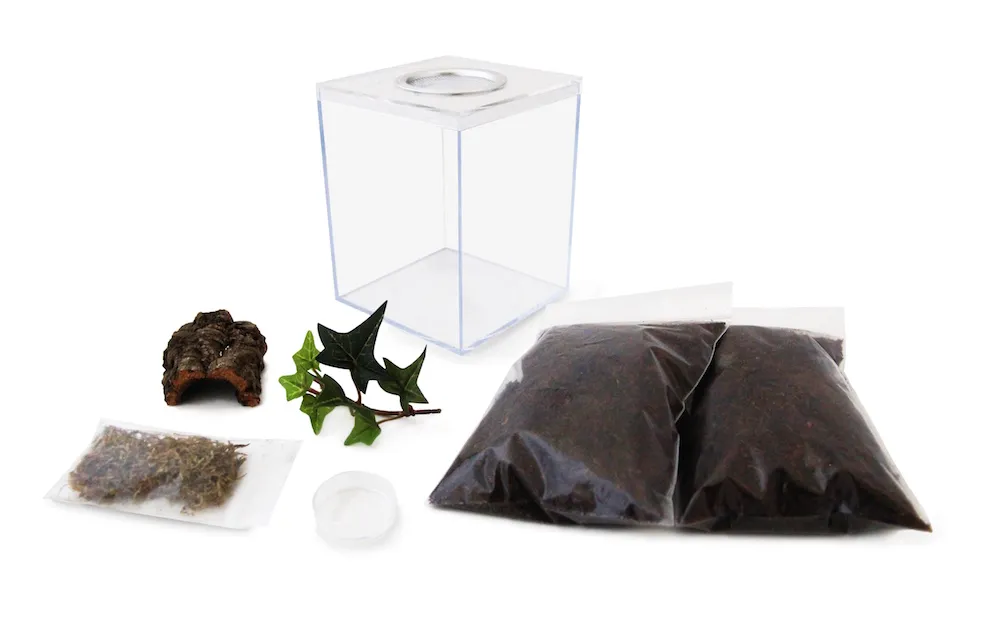
Decorating the terrarium not only enhances the visual appeal but also provides enrichment for your tarantula. The addition of suitable elements creates a more natural environment and allows the tarantula to exhibit its natural behaviors. When decorating the terrarium, focus on creating hiding places, providing opportunities for climbing or burrowing, and offering a varied environment. The right décor can reduce stress and enhance the spider’s well-being, promoting physical and psychological health. Before adding any decorations, ensure they are safe and non-toxic, as some materials can be harmful to tarantulas. By combining aesthetics with functionality, you can design a terrarium that is both visually appealing and beneficial for your pet.
Hiding Spots
Hiding spots are essential for tarantulas, providing security and reducing stress. Cork bark, artificial caves, or even sturdy, overturned flower pots make excellent hiding places. These shelters should be large enough for the tarantula to feel secure, but not so large that they dominate the terrarium. Position the hides in a way that allows the spider to easily access them, but also allows you to observe the tarantula without overly disrupting its environment. Provide multiple hiding spots if space allows, allowing the tarantula to choose its preferred resting place. The presence of a secure hide allows the tarantula to retreat and relax, making it an important part of a healthy environment.
Water and Feeding Dishes
Water and feeding dishes are indispensable elements of a tarantula terrarium, ensuring access to both food and water. Choose shallow, stable dishes to prevent the tarantula from drowning. For smaller tarantulas, bottle caps or specialized water dishes designed for arachnids are suitable. Water should be provided at all times and replaced regularly to ensure freshness. In addition to water, provide a feeding dish or area where you can place the tarantula’s meals, which typically consist of insects. The dish should be easy to clean and maintain, and it should be placed in a location that is easily accessible to the tarantula. Providing both water and food in a secure and accessible manner supports the overall health of your tarantula.
Where to Buy Tarantula Terrariums in the UK
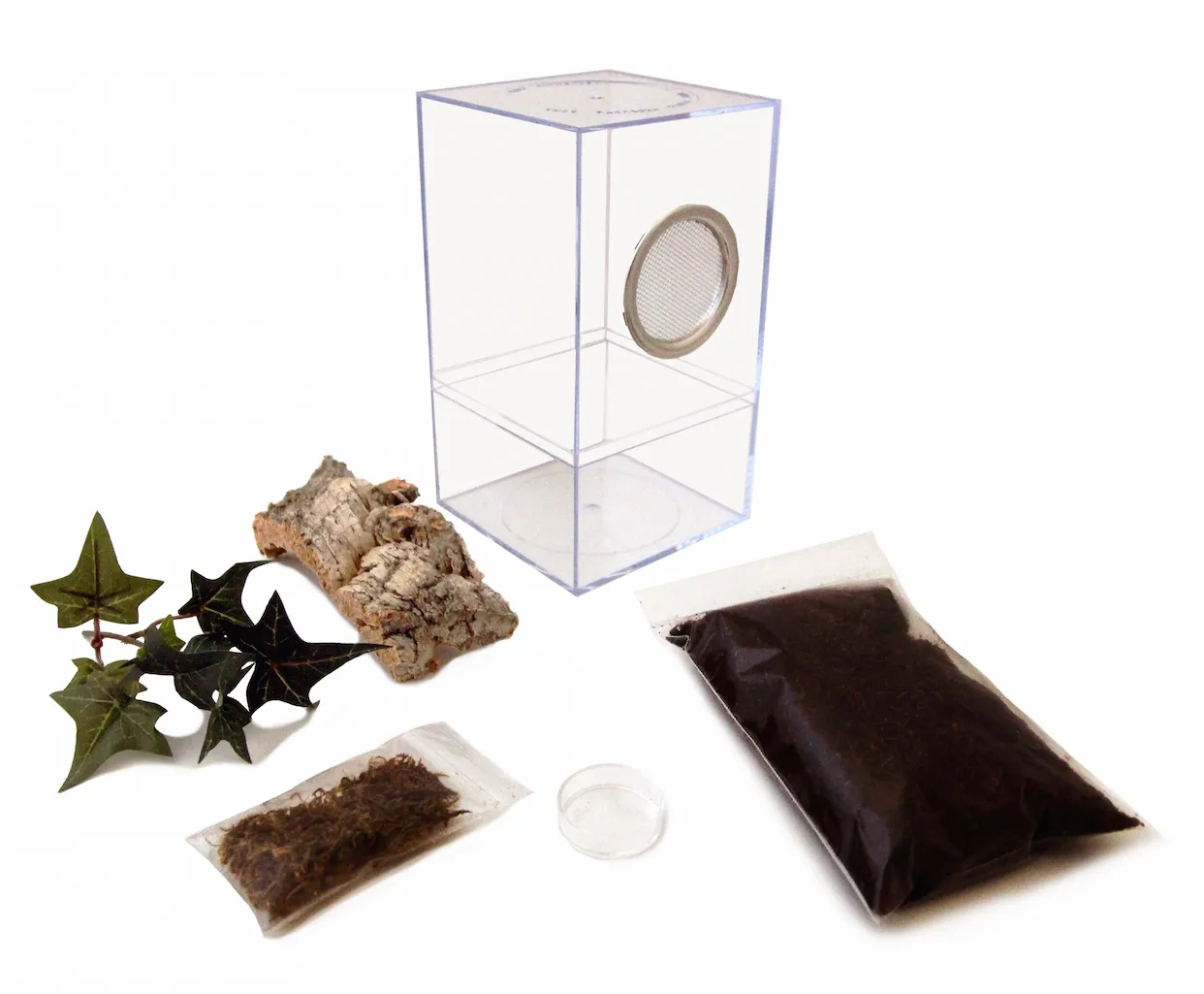
When searching for a tarantula terrarium for sale in the UK, you have various options, each with its own advantages. Local pet stores specializing in reptiles are a good starting point, as they often have knowledgeable staff who can provide valuable advice and support. Online retailers offer a wider selection and potentially competitive pricing, but always check the seller’s reputation and reviews before making a purchase. Additionally, reptile shows and expos can be excellent places to find terrariums and other supplies, often at discounted prices. Before buying, compare prices, check customer reviews, and make sure the seller offers a good return policy, in case the terrarium does not meet your needs. No matter where you decide to buy, ensure that the retailer offers a high-quality product and provides excellent customer service.
In conclusion, choosing the right tarantula terrarium for sale in the UK requires careful consideration of your tarantula’s needs, the terrarium’s size, material, ventilation, and your budget. By following these seven buying tips, you can create a safe and stimulating environment for your tarantula, promoting its health and well-being. Remember to prioritize your pet’s needs and conduct thorough research before making a purchase. Enjoy the fascinating journey of owning and caring for your tarantula.
